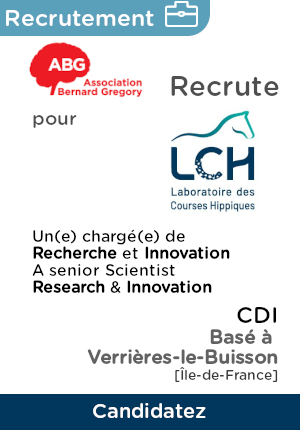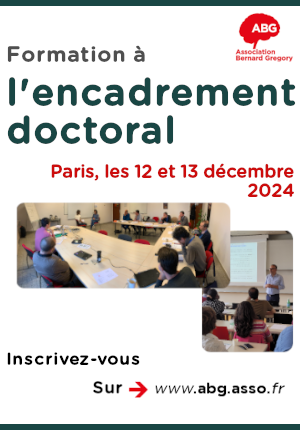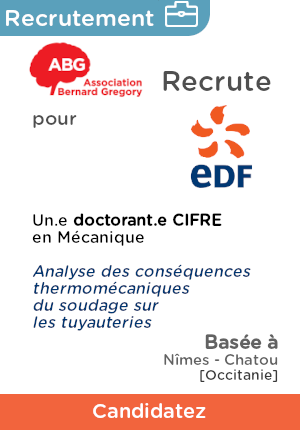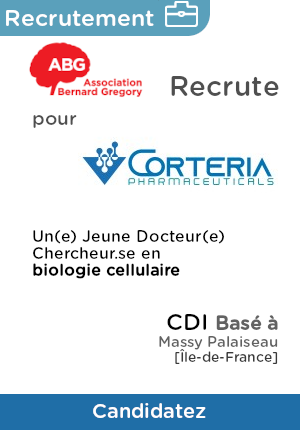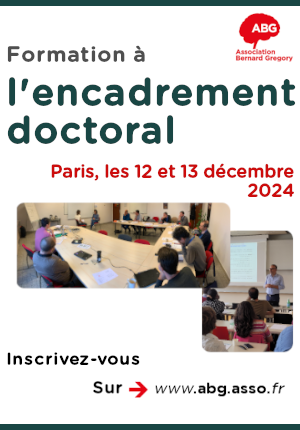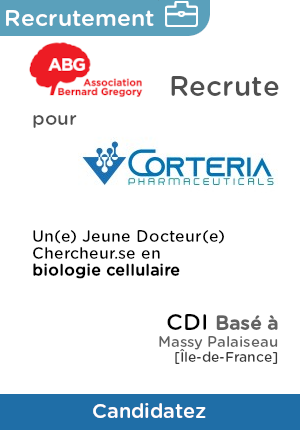ÉLUCIDATION DU MÉCANISME DE QUENCHING DE L'OXYGÈNE SINGULET PAR LA PROTÉINE CAROTÉNOÏDE ORANGE GRÂCE À LA CRISTALLOGRAPHIE SÉRIELLE RÉSOLUE DANS LE TEMPS
| ABG-125259 | Thesis topic | |
| 2024-07-23 | Public/private mixed funding |
- Biochemistry
- Biology
- Biotechnology
Topic description
The cyanobacterial orange carotenoid protein (OCP) is involved in the protection of the photosynthetic apparatus by its ability to quench both singlet oxygen and the excess of energy absorbed by cyanobacterial light harvesting antennae (i.e., phycobilisomes). By combining these two photoprotective mechanisms into a single protein, OCP has the potential to become a central brick in the design of biomimetic photosynthetic systems, where it would function as a dual molecular fuse. The pre-requisite, however, is that the protein must be evolved further so that it can carry out these two functions with higher efficiency than the natural scaffold. A better understanding of the underlying mechanisms is of utmost importance with view to ultimately design OCP variants endowed with higher singlet-oxygen quenching potency.
The proposed PhD project focuses on the singlet oxygen quenching function, and aims at deciphering, controlling and potentially evolving the mechanism(s). Specifically, we will conduct pump-probe time resolved serial-crystallography (at synchrotrons or X-ray free electrons lasers, viz. TR-SSX and TR-SFX) with the objective to capture the structure of the OCP intermediates that form along the process. We have established the feasibility of the proposed experiments by collecting diffraction data and optical spectra from OCP crystals soaked in methylene blue (photosensitizer) and maintained under constant illumination at 630 nm – both at cryogenic temperature and room-temperature. The TR-SSX and TR-SFX experiments to be carried out in the framework of the PhD will allow to directly visualize the discrete steps enabling singlet-oxygen quenching by OCP. As a result, we will resolve the modus operandi, opening avenues towards the design of more potent singlet oxygen quenchers. Indeed, residues crucially important for the singlet oxygen quenching activity need to be identified before attempts can be undertaken to evolve the protein by rational or artificial-intelligence based design. Additionally, our work will allow to better understand (and possibly control) chemical quenching of singlet oxygen by carotenoids. Our current preliminary data indeed support the notion that crystalline OCP could be used as a ‘nano-reactor’ to produce carotenoid peroxides and determine their high-resolution structures, in a single experiment.
Starting date
Funding category
Funding further details
Presentation of host institution and host laboratory
The Institut de Biologie Structurale (IBS), part of IRIG, is a flagship of French research in integrated structural biology, at the forefront of national and international developments and applications. The IBS explores the structure, dynamics and function of biological macromolecules (proteins and nucleic acids (DNA, RNA)) to understand how they function at the atomic scale and in their biological environment.
Website :
PhD title
Country where you obtained your PhD
Institution awarding doctoral degree
Graduate school
Candidate's profile
We will seek to recruit a PhD candidate with a background and strong interest in structural biology, which will facilitate and speed-up the required training. Her/his main task will consist of determining the structure of the various OCP reaction intermediates by use of conventional (oscillation-based) crystallography, and time-resolved (TR) serial crystallography at synchrotrons (TR-SSX) and X-ray free electron lasers (XFEL; TR-SFX). Since the OCP purification protocol and the crystallization conditions (both to form macrocrystals for conventional rotational crystallography and microcrystals for serial crystallography) are already known and used in our lab, the candidate should be able to proceed swiftly with the spectroscopic characterization and preparation experiments at the synchrotron. These data will be used to apply for TR-SFX beamtime at XFELs. We envision TR-SFX data collection to take place during the second year of the PhD thesis (and at worst during the first half of the third year), depending on beamtime availability. Ideally, test TR-SFX data can already be collected at the end of the first year during one of the other XFEL beamtimes of the lab. After each data collection, the student will process the data and determine the associated structure(s) by use of structure extrapolation methods. He/she will build the best model describing the reaction steps in the singlet oxygen quenching process by OCP and will test the mechanistic hypotheses by the generation of OCP-mutants. Finally, the student will write the results of his studies in research publications. The candidate will be encouraged to start with a literature study at the beginning of his/her PhD and to track of literature during the course of the project. This will not only facilitate correct decision-making throughout the project, but also ease drafting articles and writing the dissertation.
Vous avez déjà un compte ?
Nouvel utilisateur ?
Get ABG’s monthly newsletters including news, job offers, grants & fellowships and a selection of relevant events…
Discover our members
 SUEZ
SUEZ  Institut Sup'biotech de Paris
Institut Sup'biotech de Paris  Ifremer
Ifremer  PhDOOC
PhDOOC  Institut de Radioprotection et de Sureté Nucléaire - IRSN - Siège
Institut de Radioprotection et de Sureté Nucléaire - IRSN - Siège  MabDesign
MabDesign  Groupe AFNOR - Association française de normalisation
Groupe AFNOR - Association française de normalisation  MabDesign
MabDesign  Tecknowmetrix
Tecknowmetrix  TotalEnergies
TotalEnergies  ADEME
ADEME  Nokia Bell Labs France
Nokia Bell Labs France  Aérocentre, Pôle d'excellence régional
Aérocentre, Pôle d'excellence régional  Généthon
Généthon  ONERA - The French Aerospace Lab
ONERA - The French Aerospace Lab  Laboratoire National de Métrologie et d'Essais - LNE
Laboratoire National de Métrologie et d'Essais - LNE  CASDEN
CASDEN  ANRT
ANRT  CESI
CESI
-
JobPermanentRef. ABG123642Laboratoire des Courses Hippiques (GIE LCH)- Ile-de-France - France

Chargé(e) de Recherche et Innovation (H/F) / Senior Scientist Research & Innovation (M/F)
Chemistry - BiochemistryConfirmed -
JobPermanentRef. ABG124941Corteria Pharmaceuticals- Ile-de-France - France

Jeune Docteur, Chercheur en Biologie Cellulaire & Moléculaire (H/F)
BiologyAny -
JobFixed-termRef. ABG125071KTH- Sweden
ERC-funded postdoc position on the detection of gas-phase organic radicals, KTH, Stockholm, Sweden
Chemistry - Physics - Engineering sciencesAny

